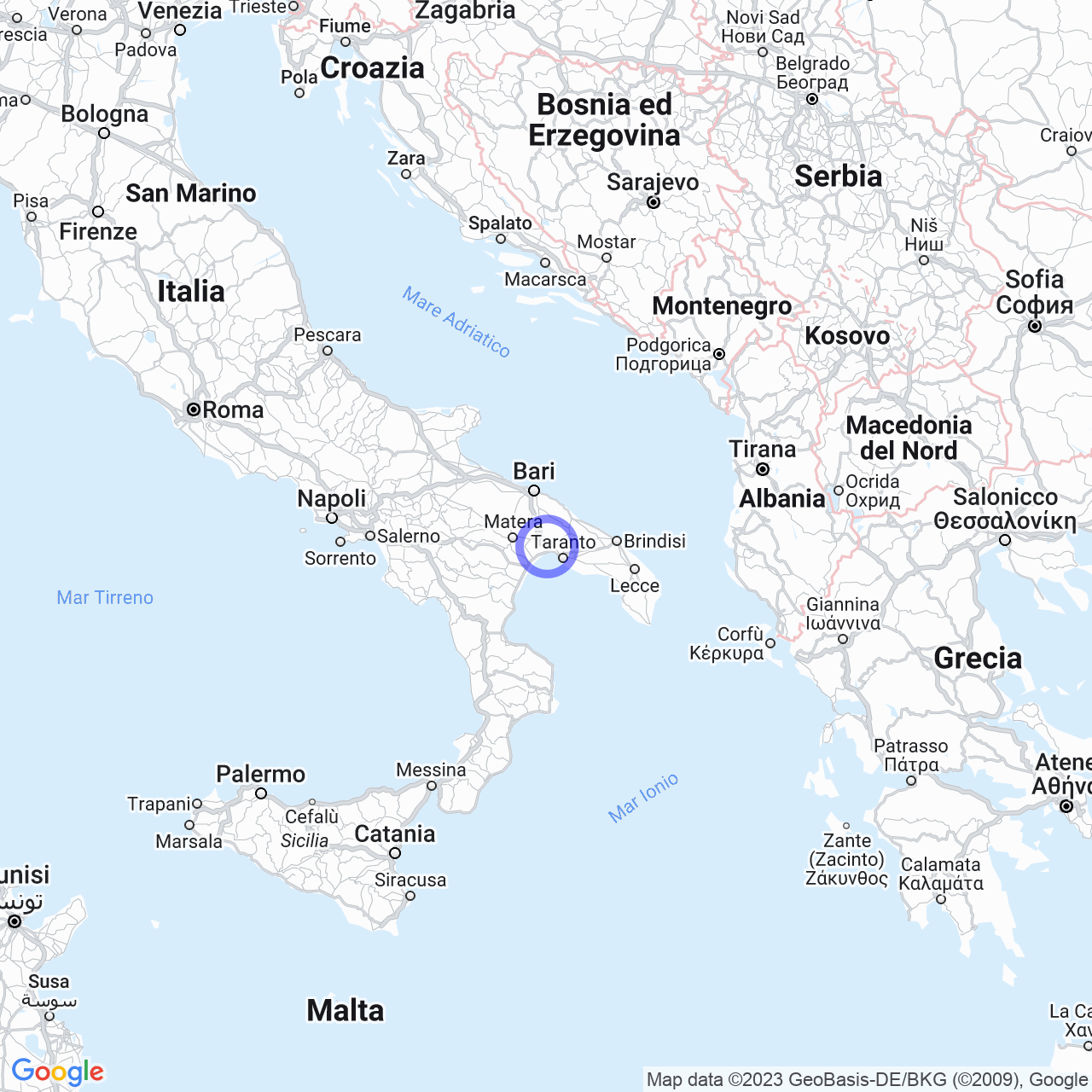Palagiano
Discovering Palagiano
Palagiano is an Italian municipality located in the province of Taranto, in the region of Puglia, with a population of about 15,796 inhabitants. The dialect spoken in this area is Apulo-Tarantino, but don't worry, there are also adjectives in Italian to describe the beauty of the landscape.
Physical Geography
The municipality of Palagiano is immersed in nature and is part of the Local Action Group (GAL) "Places of Myth". In 2005, it was included among the municipalities that make up the Park of the Ionian Gravine. In April 1967, the poet Salvatore Quasimodo stopped to admire the beauty of Palagiano and the Stornara Nature Reserve, also known as "the Pinewood of Appia".

Territory
Palagiano presents a geology with many "lame", which are karstic grooves and natural riverways. Some of these "lame" have been reclaimed thanks to the agrarian reform, giving rise to expanses of citrus groves. The "lame" present in the territory of Palagiano are: Lama di Vite, Lama d'Uva, Lama di Chiàtone, Lama di Calzo, and Lama di Lenne.
Rivers
The territory of Palagiano is characterized by two rivers: Lato and Lenne. Lato springs between the Murge Laterza and flows into the Ionian Sea in the locality "Ventidue". At its mouth stands the Lato Tower, which served as a lookout for pirate ships. The Lenne river, on the other hand, is richer in history and natural charm. Cited by Tito Livio, the Lenne presents a very rich flora, especially when it crosses the pinewood of the Ancient Appian Way. In the initial section of the beach, there is a bridge built during the Fascist period, which Quasimodo admired in 1967.
Areas of natural interest
The Stornara Nature Reserve is the most important protected natural area of Palagiano. This biogenetic reserve extends for 7 km along the Ionian coast and is characterized by the presence of the movement of migratory starlings. The Reserve has a very rich vegetation, with the presence of Aleppo pine, which grows lush on the sandy dunes. In the same reserve, there is the oldest Aleppo pine in Europe. Another place of interest is the Gravina di Lamaderchia, a 40 m deep, 300 m wide, and one-kilometer-long fissure. It has poor vegetation and calcareous rock and is part of the "Terra delle Gravine" Park.
History
Palagiano has always been a city with a strategic geographical location, located at the crossroads of road directions towards Basilicata, Calabria, and Northern Italy. During the destruction of Mottola, Palagiano had to suffer the pirate raids of the Saracens, who crossed the territory. However, we remember it fondly for its natural beauty.
